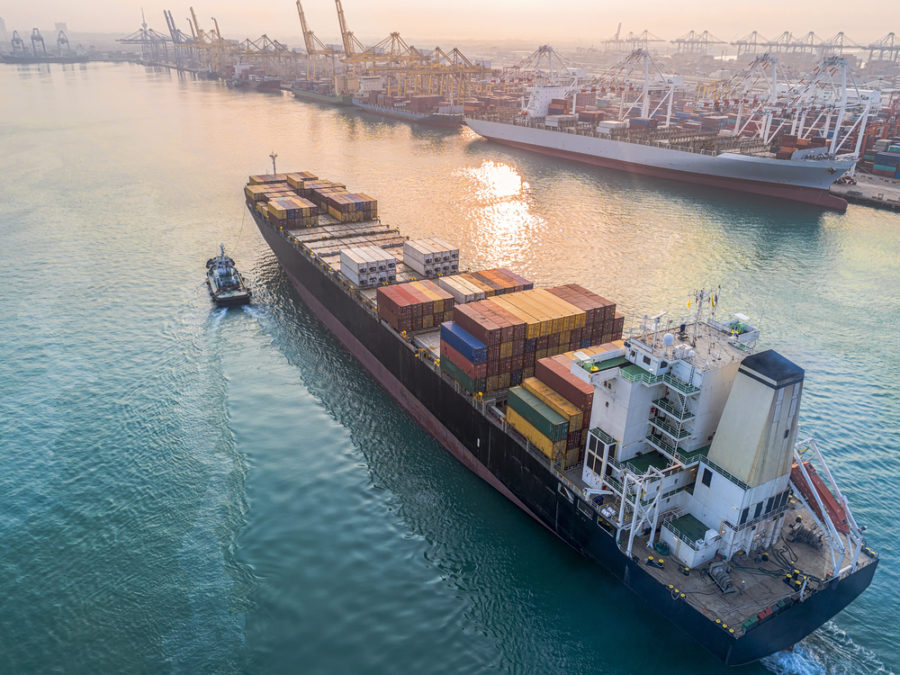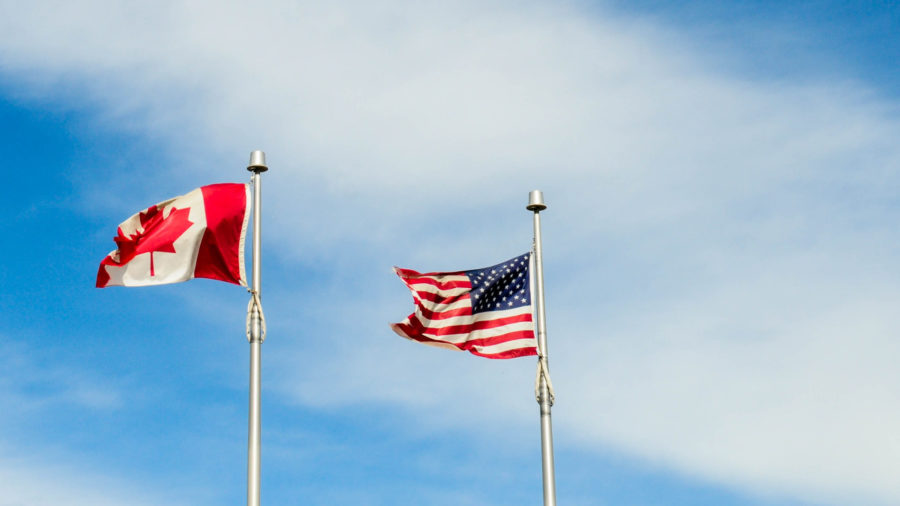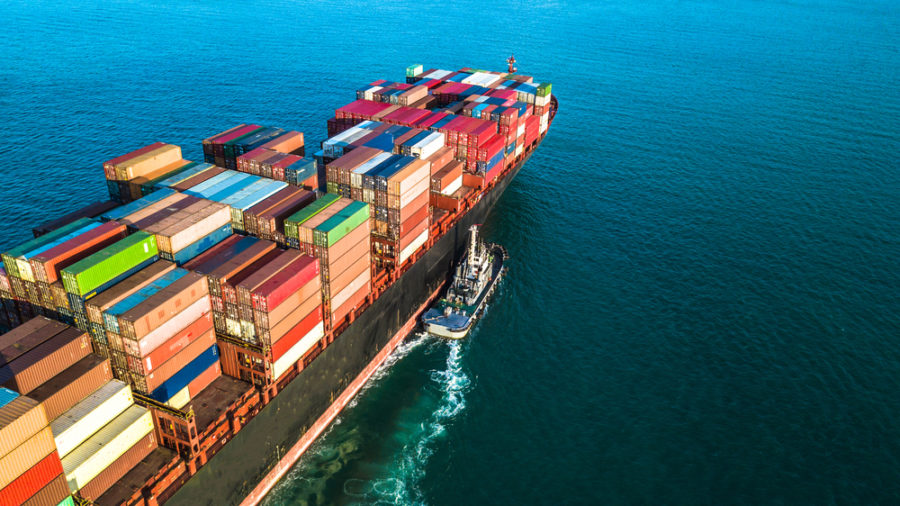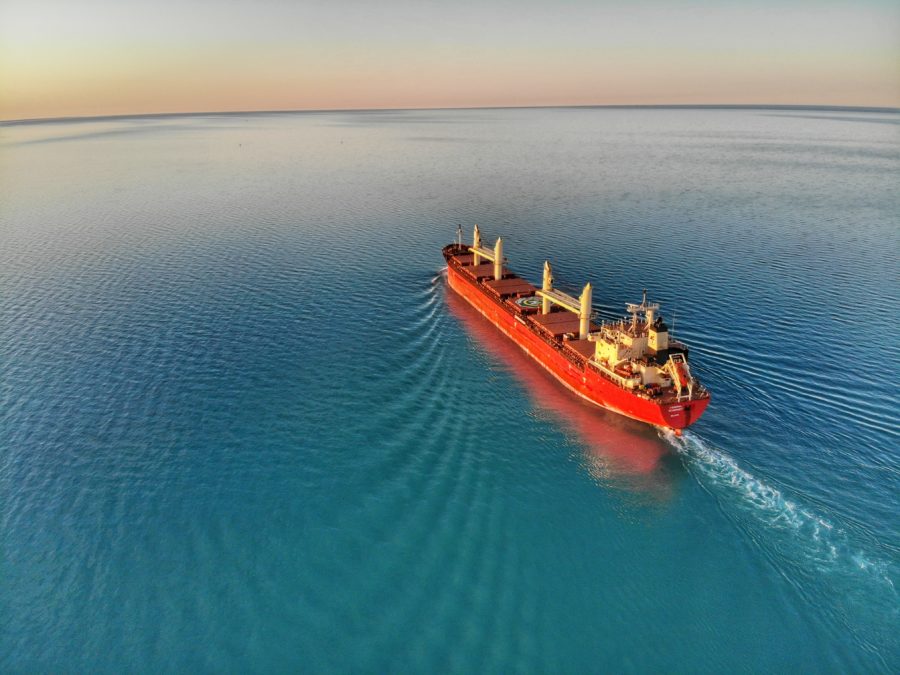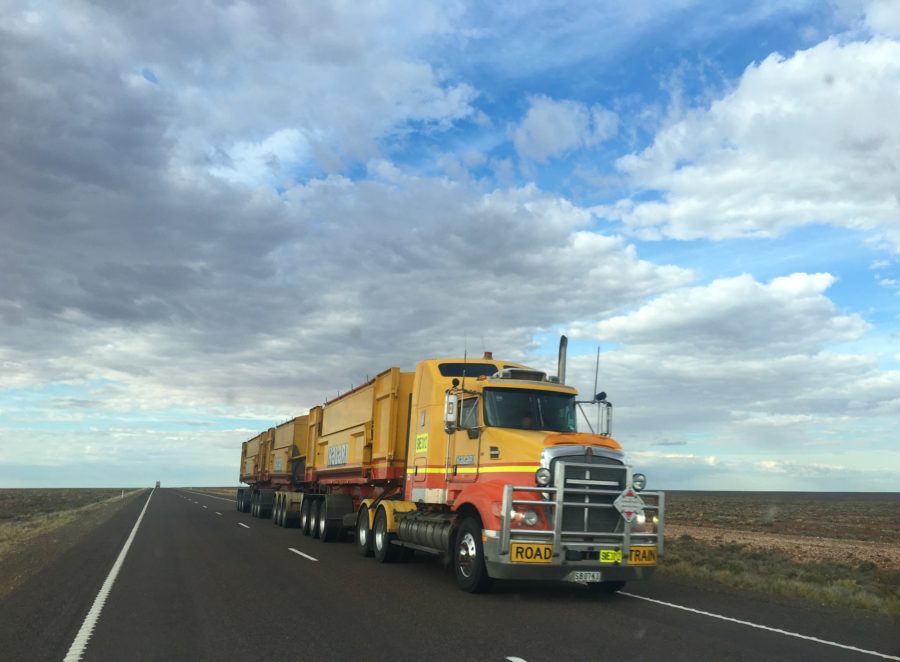July 14, 2021
Port of Vancouver Congestion Mounts Despite Resumed Rail Service
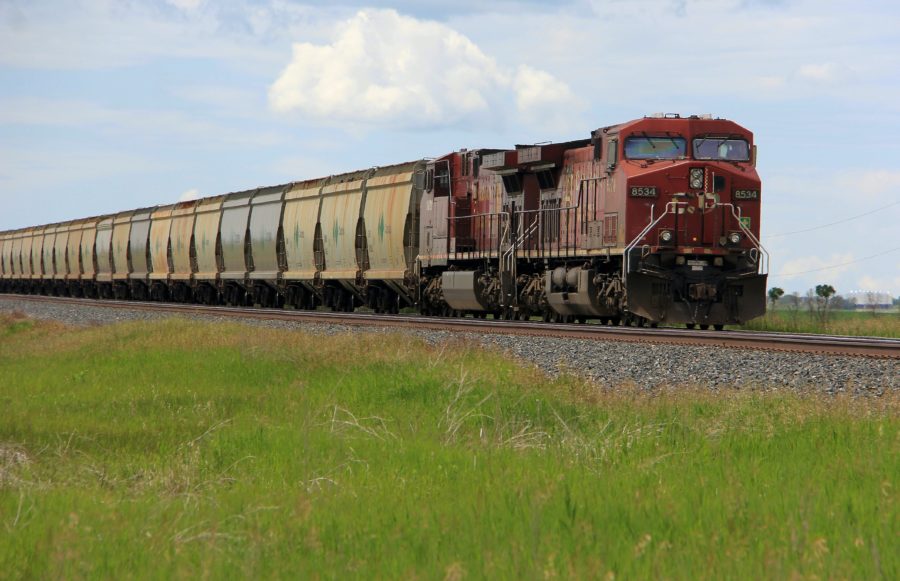
The Port of Vancouver is continuing to feel the domino effect from the disruption caused by wildfires in British Columbia even as CN and Canadian Pacific rail service resumes. As of Wednesday morning, 39 ships were at anchor at Canada’s largest port.
Trains began running again on Sunday via a CP rail line that has been shut down because of the fires. CN is also using CP’s tracks through an agreement since its line remains out of service, according to an operations update from the Vancouver Fraser Port Authority.
Rail backlog at the port remains substantial, with CN rail-bound imports spending over a week on-dock at all of Vancouver’s terminals, according to port data. Trains running through the area of British Columbia affected by the wildfires have been subject to a Transport Canada slowdown order since Sunday.
Meanwhile, the congestion of vessels at the port has mounted because of the rail disruption. The vessels at anchor Wednesday included six container ships.
“Anchorage demand continues to be high and nearing full capacity,” the port authority said on Tuesday. “Demand for large vessel anchorages presently exceeds supply. Anchorages are assigned in a manner that ensures fluidity across all ship types and maintains essential services.”
(Source: Freight Waves)
